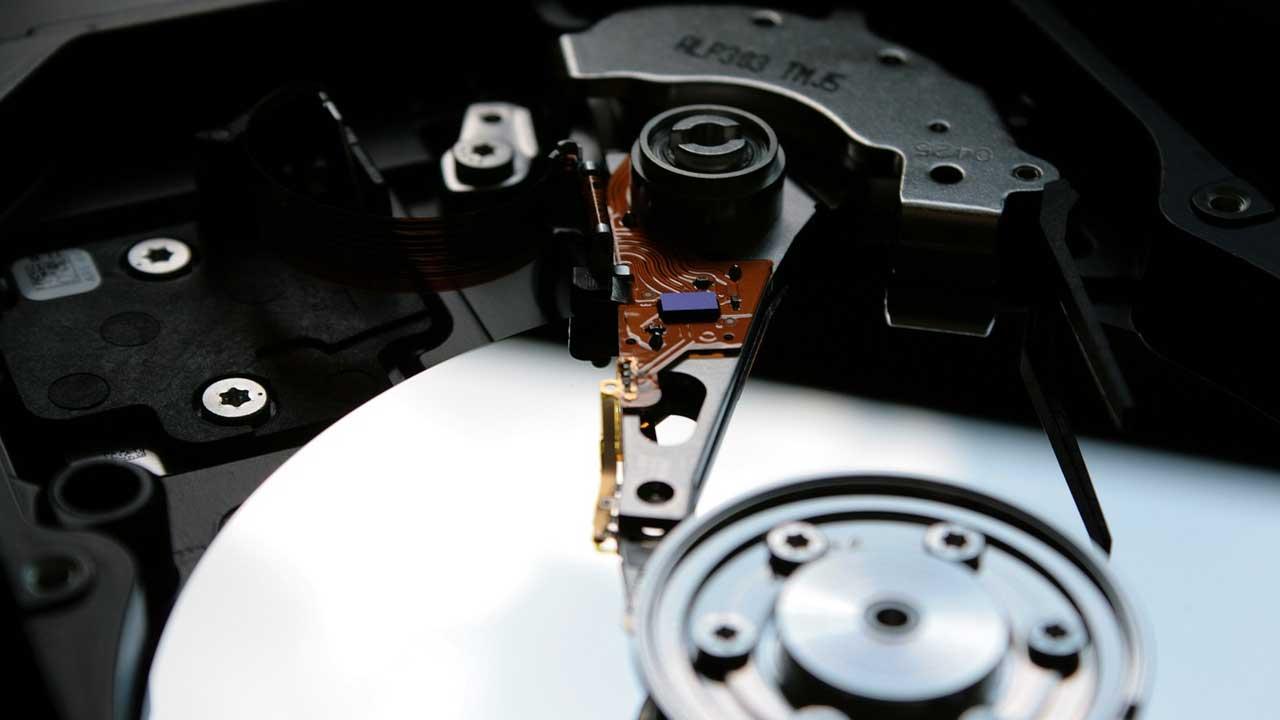Installing macOS on a PC is a dream that many have, but it rarely comes true. Apple is very closed about using its operating system outside of a Mac computer. And to be honest, these computers are extremely expensive, so they are out of reach for many. There have always been little tricks to install this system on conventional computers, but what really still works today?
Some time ago there was a lot of talk about a technique called “hackintosh” that allowed the Mac system to be installed on normal computers using libraries and drivers developed by the community. However, given the wide variety of hardware and configurations that exist in desktop PCs, this method only worked under conditions in some very specific configurations. Furthermore, the hackintosh is not at its best, since it is stagnant and does not move forward.
Virtual machines are a much simpler alternative, although with many more limitations, to be able to use the Apple operating system on any PC that uses Windows. However, neither Apple nor hypervisors, such as VMware, make it easy for us.
I have tried to install macOS on Windows using a virtual machine in 2024. And this is what I have encountered. Note that users with Intel processors have fewer problems, since they get along better with Apple systems. In my case, what I have achieved has been with an AMD CPU.
A complicated process full of obstacles
The first thing I did was leave VirtualBox aside, since this hypervisor is light years ahead of its rival, VMware Workstation Pro, which is also now completely free for personal use. With the hypervisor installed, the next step I had to do was look for an “unlocker”, a tool that allows us to prepare VMware to install the Apple system. In addition to applying some configurations, this unlocker adds the option to create virtual machines with Mac OS X, something that is not available in the program as standard.

In the next step, I had to search to see which version worked correctly. It seems that macOS 15 “Sequoia” is not working well at the moment, so I finally decided on macOS “Sonoma”. Specifically, the latest update to version 14.6.1. I have downloaded the image of this system, in ISO format, so I can mount it on the VMware Workstation Pro and install the system.
I’ve also had to look for a small bootable hard drive made for VMware called “Opencore”. This disk allows you to start the computer and leave it ready to proceed with the installation of the system. In my case, being an AMD processor, this initial image had several versions depending on the number of “cores” that I was going to use.
And I already had everything downloaded. Now to prepare the PC.
Prepare your PC to install macOS
Although it is optional, they recommend disabling two Windows functions:
- The Hyper-V Hypervisor (which we can easily do with this PowerShell command: Disable-WindowsOptionalFeature -Online -FeatureName Microsoft-Hyper-V-All)
- Kernel Isolation (which we can do from Microsoft Defender).
We installed it at first without disabling these two functions, and it worked for us. Although it is true that many errors appeared during startup and installation (which were ignored). And then the system worked very slow, with a lot of lag. By disabling these two functions, our virtual macOS started to work much better.

We prepare the virtual machine with the correct options:
- New Mac OS X type machine, with support for macOS 14.
- 8 GB of RAM memory.
- X cores (depending on the image we selected).
- Network card in bridge mode.
- USB 3.1 driver.
And, first of all, we mount the two hard drives and the image:
- The first, mounted in SATA 0:0, the “Opencore” disk that we mentioned before.
- The second, mounted in SATA 0:1, the empty hard drive where we are going to install our macOS.
- The ISO image with the macOS Sonoma system.
With this, we are now ready to install macOS on VMware.
Install macOS on VMware
The operating system installation process is simple, although if we have not disabled Hyper-V and kernel isolation, we will see many errors in the process (unimportant). What the virtual machine will do when you start it is to start by loading the Opencore. There we can see both this image to boot (which does nothing) and the macOS ISO that we have mounted.

We select the ISO and we can start with the installation. Before starting with it, as usual, it is necessary to enter the disk manager (from the installation wizard itself) to format the secondary hard drive to be able to install macOS. Otherwise, it will not appear to us.
With everything ready, we can proceed with the installation and, after a few minutes, we will have our macOS ready. If you see an error during the installation, simply restart the virtual machine for it to continue.
Is it worth it?
It is important to keep in mind that this is a “napa” that allows us to install this system on top of Windows. Despite this, the process is not as complicated as it may seem, and in less than an hour we can have a macOS running on the computer.

It is true that the performance is not as good as one would expect. And there are also some errors like:
- White wallpaper.
- Very slow internet speed.
- Random crashes.
But everything can be solved relatively easily. And, furthermore, if you have an Intel computer, the process is even simpler, since these processors cause fewer compatibility problems.













